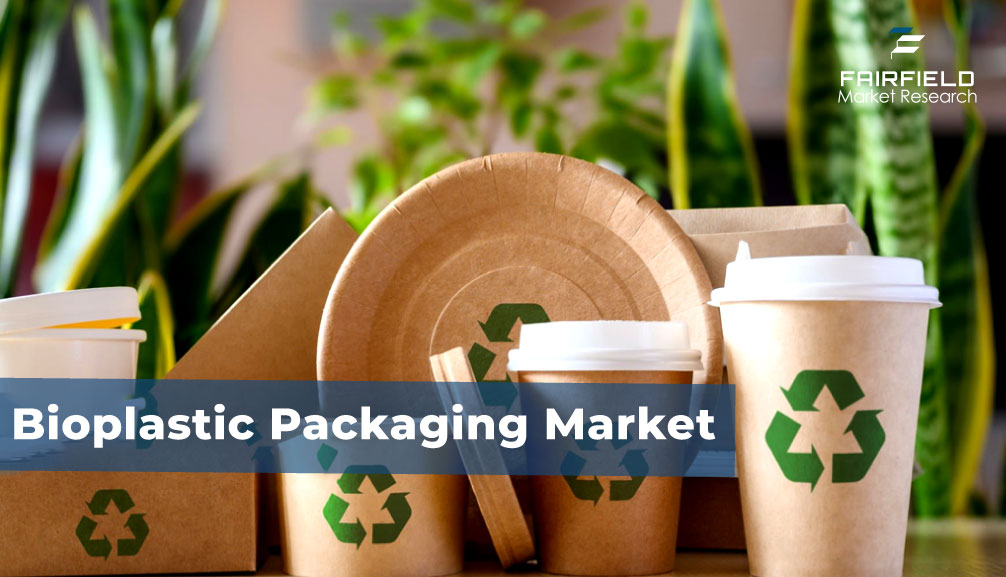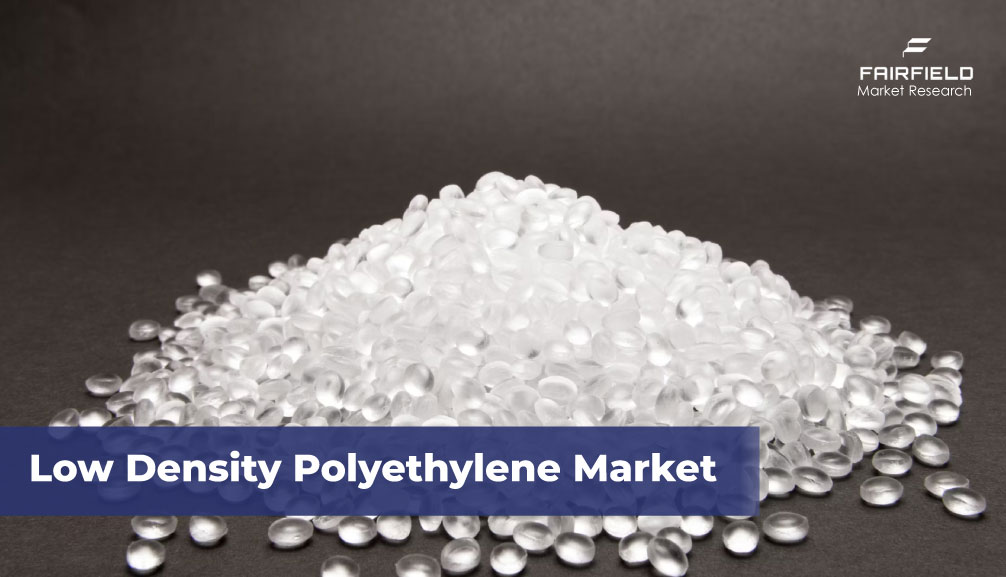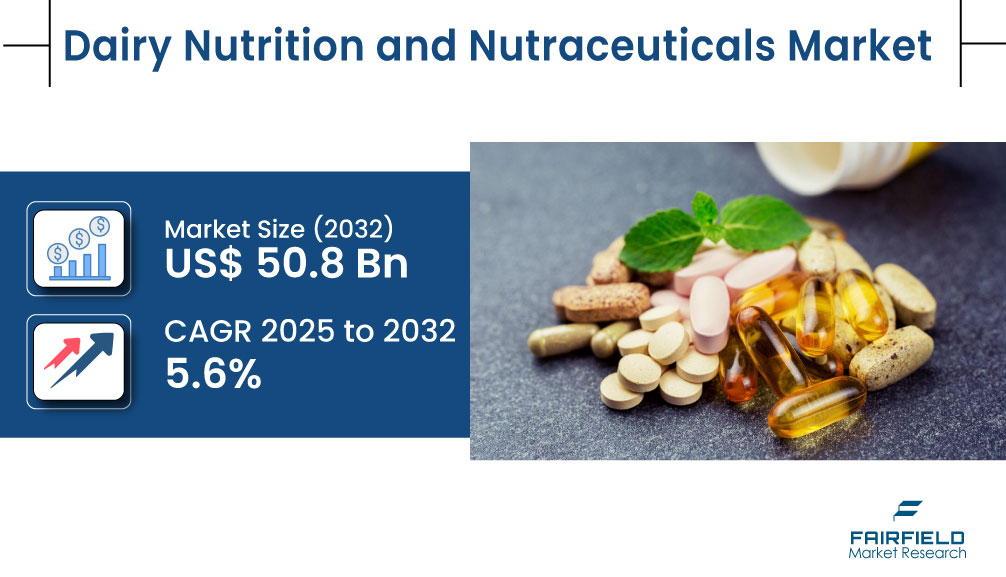Bioplastic Packaging Market Growth | Trends, Bio-Based Innovations & Future Outlook

Strong 8k brings an ultra-HD IPTV experience to your living room and your pocket.
The bioplastic packaging market is gaining remarkable traction as industries worldwide respond to growing environmental concerns, regulatory mandates, and shifting consumer expectations. With the global bioplastic packaging market projected to grow from US$18.4 billion in 2025 to US$40.9 billion by 2032, at a CAGR of 12.1%, bioplastics are rapidly evolving from niche alternatives to mainstream solutions across multiple industries.
Market Growth Drivers: Regulatory Shifts and Consumer Awareness
Governments around the world are cracking down on single-use plastics, enforcing regulations that push brands to seek biodegradable and compostable alternatives. These policies are accelerating the demand for sustainable packaging materials. In tandem, a significant shift in consumer behavior is also reshaping the packaging landscape. A recent survey revealed that more than 54% of U.S. consumers prefer products with eco-friendly packaging, and 90% show loyalty to sustainability-driven brands.
This dual push—from policy and consumers—is catalyzing rapid change, particularly in the food and beverage sector. Companies are replacing traditional plastics with bioplastic containers, compostable films, and plant-based wrappers, responding to the growing call for sustainability and transparency.
Emerging Trends: From PLA Packaging to E-Commerce Innovation
A major trend driving this momentum is the adoption of PLA (polylactic acid)-based biodegradable materials in food packaging. Known for their compostability and visual clarity, PLA products are replacing petroleum-based plastics in trays, films, and clamshells for ready-to-eat meals and produce.
The e-commerce and retail sectors are also at the forefront of bioplastic adoption. As green shipping becomes a priority, brands are embracing flexible bioplastic packaging—such as compostable mailers and laminating films—to reduce waste without compromising packaging performance. In 2024 alone, demand for biodegradable shipping films surged globally, driven by eco-conscious consumers and sustainable logistics goals.
Additionally, personal care brands are integrating bio-PE and Bio-PET rigid containers into their packaging portfolios. These materials combine sustainability with durability and shelf appeal, making them ideal for shampoos, creams, and cosmetic products. Meanwhile, pharmaceutical companies are turning to bioplastics for blister packs and eco-friendly medicine containers, adding a new dimension to the sector’s green transformation.
Innovation Spotlight: Bio-Based Packaging Solutions
Bio-based innovation is playing a critical role in propelling market expansion. Companies like Danimer Scientific and Vegware are scaling up PHA-based packaging, developing biodegradable trays and containers for foodservice applications. Simultaneously, global retailers are piloting bio-based delivery packaging, showcasing a full-cycle shift from manufacturing to last-mile logistics.
Other firms are investing in biobased laminating films tailored for e-commerce applications, while packaging suppliers are launching compostable pouches and wraps for fresh produce, enabling brands to align with environmental commitments and product performance standards.
Challenges Ahead: Cost Barriers and Market Constraints
Despite the progress, the bioplastic packaging market faces a notable hurdle—production cost. PLA and PHA materials can cost 20–30% more per kilogram than conventional plastics, often ranging between US$2–7 per kg compared to US$1–2 for traditional materials. This cost disparity limits adoption in price-sensitive regions and low-margin products, where companies struggle to absorb the premium.
While scaling production and improving raw material sourcing may bridge this gap over time, affordability and supply chain optimization remain crucial to ensuring long-term market viability, especially in developing economies.
Regional Outlook: North America, Europe, and Asia Pacific
In North America, sustainability mandates are driving major retailers to adopt bio-based rigid containers. Companies such as LyondellBasell offer renewable HDPE and PP resins, while brands like Mondelez are integrating up to 50% recycled and bioplastic content into their packaging.
Europe remains a leader in regulatory innovation. With the Single-Use Plastics Directive and new waste regulations, foodservice and retail brands are transitioning rapidly to home-compostable packaging. About 70% of European confectionery brands are already exploring or implementing eco-friendly packaging solutions.
In Asia Pacific, the momentum is fueled by government incentives and rising eco-awareness. Countries such as India, Thailand, and China are supporting bioplastic production through subsidies and tax breaks. Brands are switching to bio-PE and starch blends, particularly in Japan, South Korea, and Southeast Asia, making this region one of the fastest-growing markets for bioplastic packaging.
Competitive Analysis
Key Companies
• Amcor Plc.
• Novamont S.p.A
• NatureWorks, LLC.
• Coveris
• Danimer Scientific
• Sealed Air
• Alpha Packaging
• Constantia Flexibles
• Mondi
• Transcontinental Inc.
• ALPLA
• Bio Futura
• Safepack Packaging Solutions
• Futamura Group
• Polymateria Ltd.
• TotalEnergies Corbion
Get Sample Copy of Report at: https://www.fairfieldmarketresearch.com/report/bioplastic-packaging-market/request-sample
Note: IndiBlogHub features both user-submitted and editorial content. We do not verify third-party contributions. Read our Disclaimer and Privacy Policyfor details.







